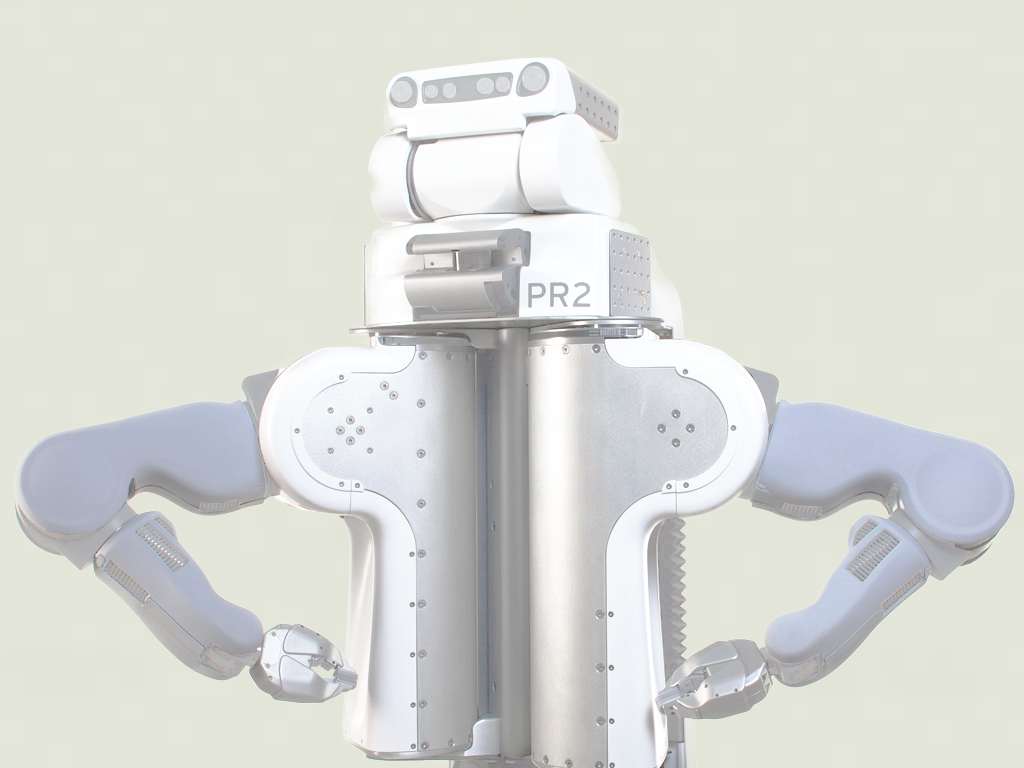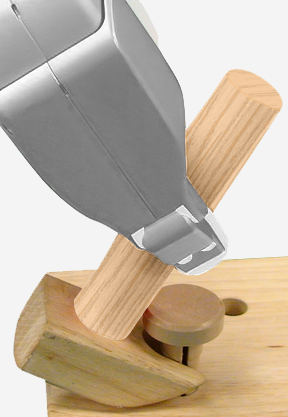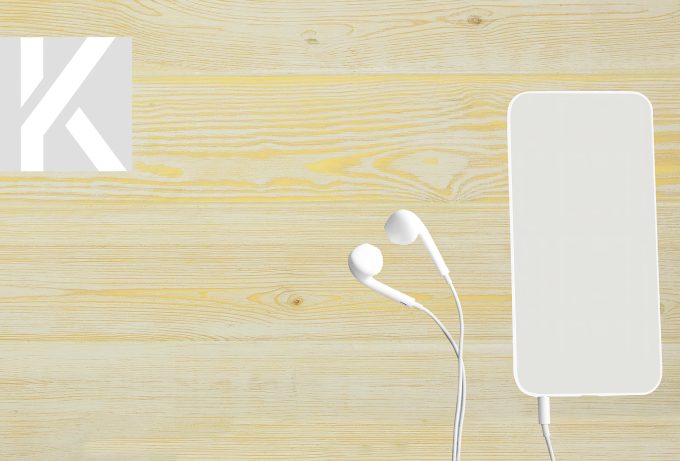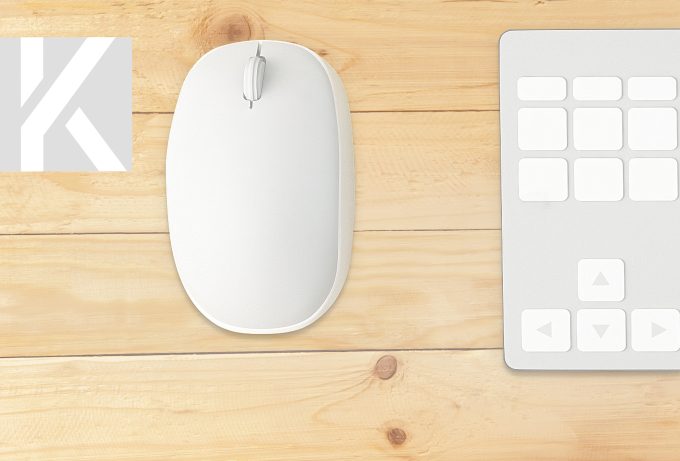stories on progressAI self-learning software lets robots do tasks autonomously.
January 1, 2024

 the Kurzweil Library
the Kurzweil Library
set: stories on progress
image | above
Pictured is the experimental BRETT robot by the Univ. of California. This robot is built with smart AI computer software that lets it complete physical tasks by trial + error.
This ability is called autonomous learning. BRETT can approach a new environment, with objects he’s never seen. He can figure-out by himself how to touch, move, assemble, stack, open, close, and operate things he detects in the space. Even if he’s never encountered them before.
BRETT’s software lets him learn without being pre-programmed on each task.
credit :: Univ. of California
story ::
Univ. of California researchers have developed new computer AI software that enables robots to learn physical skills — called motor tasks — by trial + error. The robot uses a step-by-step process similar to the way humans learn.
The lab made a demo of their technique — called re-inforcement learning. In the test: the robot completes a variety of physical tasks — without any pre-programmed details about its surroundings.
The robot’s test tasks:
- put a clothes hanger on a pole.
- stack wood donuts on a pole.
- assemble a toy airplane.
- screw the cap on a water bottle.
- insert a shaped peg into its matching hole.
Robots learn motor tasks autonomously with AI.
The research is part of the People + Robots program — at the Univ. of California’s Center for Information Technology Research in the Interest of Society (CITRIS). The center builds solutions for global benefit — in AI, robotics, and automation.
1 ::
quote :: by Pieter Abbeel PhD
What we’re showing in this project is a new approach to enable a robot to learn. The key is that when a robot is faced with something new, we won’t have to re-program it. The same AI software enables the robot to learn all the different tasks we gave it.
— Pieter Abbeel PhD
 about ::
about ::
name: Pieter Abbeel PhD
bio: A robotics engineer + teacher.
web: profile ~ channel
bio: teacher
field: computer science + robotics
school: Univ. of California
2 ::
quote :: by Trevor Darrell PhD
Most robotic applications happen in controlled environments — where physical objects are in predictable positions in the surroundings. The challenge of putting robots in real-life settings — like homes, offices, or transported to new or unknown facilities — is those environments are constantly changing.
The robot must be able to sense + adapt to its surroundings. That’s what we’re doing with BRETT.
— Trevor Darrell PhD
about ::
name: Trevor Darrell PhD
bio: A robotics engineer + teacher.
web: profile ~ channel
bio: teacher
field: computer science + robotics
school: Univ. of California

image | left
Pictured is the BRETT robot. He’s programmed with AI software to use tools + complete motor tasks. He lives in an experimental lab at the Univ. of California.
You can see the robot’s gripper hand pulling a wood nail out of a wood beam with the back-end of a hammer.
He does this by himself — carefully adjusting the arc, angle, direction, pressure, motion, and force he applies to the hammer. Just like a human.
He finally accomplishes his task after many trial + error attempts. He learns the same way people do.
The team — at the university’s famous Berkeley campus — named the robot BRETT:
B | Berkeley
R | Robot for the
E | Elimination of
T | Tedious
T | Tasks
credit: Univ. of California
Better than old approaches.
Previous techniques to help a robot make its way through a 3D environment needed:
- pre-programming it to handle a vast range of possible scenarios.
- creating simulated environments the robot operates inside.
Instead, the researchers used the computer software technique called deep-learning AI. So the robot can make sense of all the data it receives, from its sensors.
AI deep-learning software programs create layers of pattern recognition — that handle raw sensory data coming from the robot’s 3D environment. From sound, echo, touch, pressure, temperature, motion, position, and camera vision. With AI the robot can track patterns in the ongoing info-stream it’s getting — from its many sensors.
3 ::
quote :: by Sergey Levine PhD
Humans are not born with a repertoire of behaviors that can be deployed like a Swiss army knife. And we don’t need to be pre-programmed to do activities. People learn new skills over time — from experience + by watching other humans.
This learning process is so deeply rooted in our biology, that we can’t even communicate to somebody precisely how to do any physical task. We can only give guidance as they learn it on their own.
— by Sergey Levine PhD
about ::
name: Sergey Levine PhD
bio: A robotics engineer + teacher.
web: profile ~ channel
bio: teacher
field: computer science + robotics
school: Univ. of California
An AI feedback loop powers the software.
For the experiments, the team used the Personal Robot 2 — called PR2 — product from Clearpath Robotics. And nick-named it the Berkeley Robot for the Elimination of Tedious Tasks — BRETT.
They gave BRETT a set of motor tasks — examples: placing blocks into matching openings, and stacking Lego blocks. The software program controlling BRETT’s learning supplies a score, based-on how well the robot is doing its task.
- BRETT takes-in its “scene” with its cameras.
- that means its surroundings.
- it includes the position of its own arms + hands.
- the program supplies a real-time score as feedback.
- the score is based-on the robot’s movements.
- movements that help the robot achieve the task score higher.
- movements that don’t help the robot with the task score lower.
- then the score goes back to the program.
- so the robot can learn which movements are best for the task.
This training process lets the robot learn on its own. As BRETT moves its joints + manipulates physical objects — the AI software program calculates good values for 92,000 factors in its environment that it needs to assess.
A jump in self-learning robotics advances.
When BRETT gets the coordinates for the beginning + end of a task, the robot can master most tasks in 10 minutes. When the robot is not given the location for the objects in the scene — and needs to learn vision + control together — the learning process takes 3 hours.
4 ::
quote :: by Pieter Abbeel PhD
Robotics will see big jumps — our ability to process huge amounts of data is improving. With more data, you can start learning more complex things. Robots will learn to clean a house, do the dishes, and sort laundry.
Our promising tests show that AI software programs can let robots learn tasks by themselves, without being pre-programmed. In 5 — 10 years we’ll see major progress in robot learning ability.
— Pieter Abbeel PhD

watching
1. |
school: Univ. of California
demo: BRETT the robot learns to put things together on his own.
watch :: demo
about ::
Univ. of California at Berkeley researchers developed software that enables robots to learn motor tasks through trial + error. This is the way people learn — it’s a milestone in the computer software field of AI.
In their tests, the robot used AI deep-learning — a software programming technique — to complete tasks without pre-programmed info about its surroundings.
presented by ::
school: Univ. of California
web: home ~ channel
program: People + Robots
web: home ~ background ~ channel
2. |
broadcast: Bloomberg
filmlet: See smart robots learn to play like human children.
watch :: filmlet
about ::
BRETT is a robot that can think. Researchers at the Univ. of California at Berkeley have programmed BRETT to learn on its own — through trial + error — how to accomplish tasks. Such as screwing a cap on a bottle, putting Lego blocks together, and solving a puzzle.
It’s made possible by a type of AI computer program called deep-learning that’s revolutionizing robotics.
presented by ::
broadcast: Bloomberg
web: home ~ channel
banner: All the most important market news. All in one place.

webpages
company: Clearpath Robotics
web: home ~ channel
banner: Boldly go where no robot has gone before.
about ::
We build the world’s best robot development platforms. Developing autonomous robots has never been easier. We automate the planet’s dullest, dirtiest, and deadliest jobs. We’re the leader in research robotics — blazing the trail for robots in industry.

notes ::
UC = Univ. of California
univ. = university
AI = artificial intelligence
IT = information technology
info-tech = information technology
BRETT = Berkeley Robot for the Elimination of Tedious Tasks
CITRIS = Center for Information Technology Research in the Interest of Society
